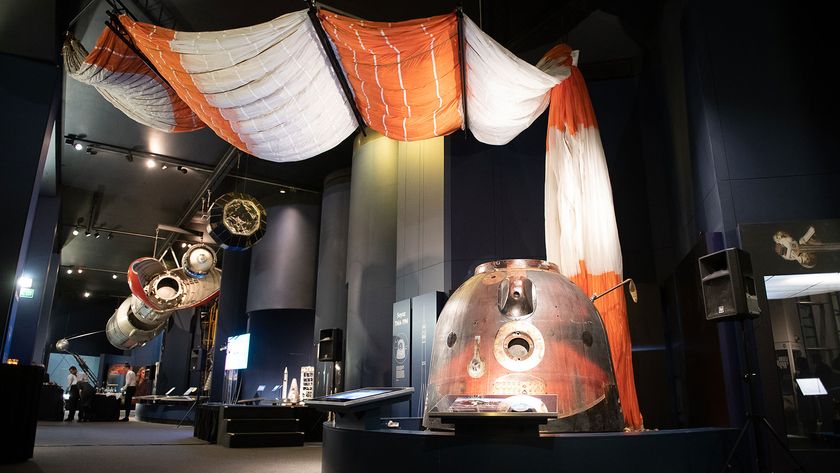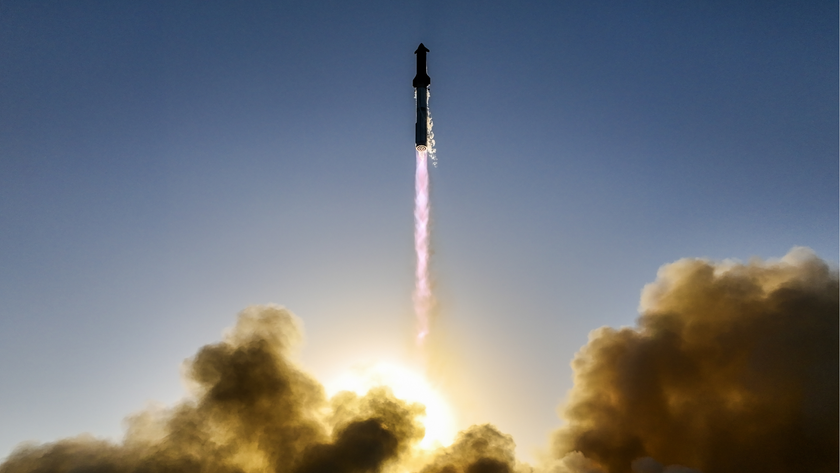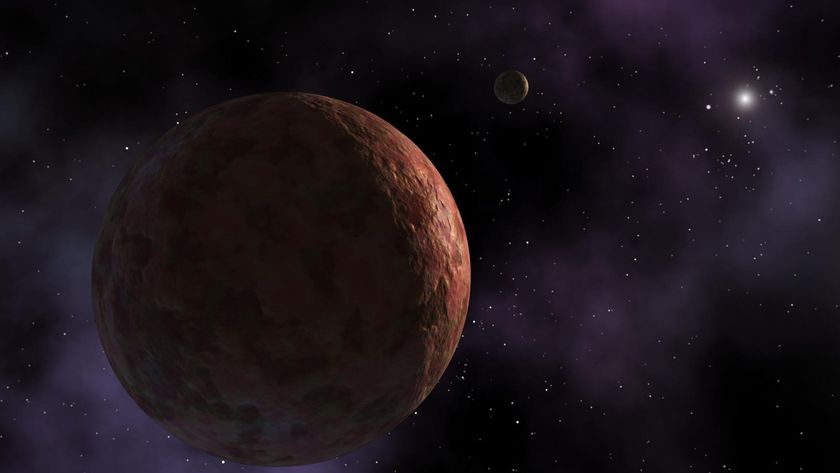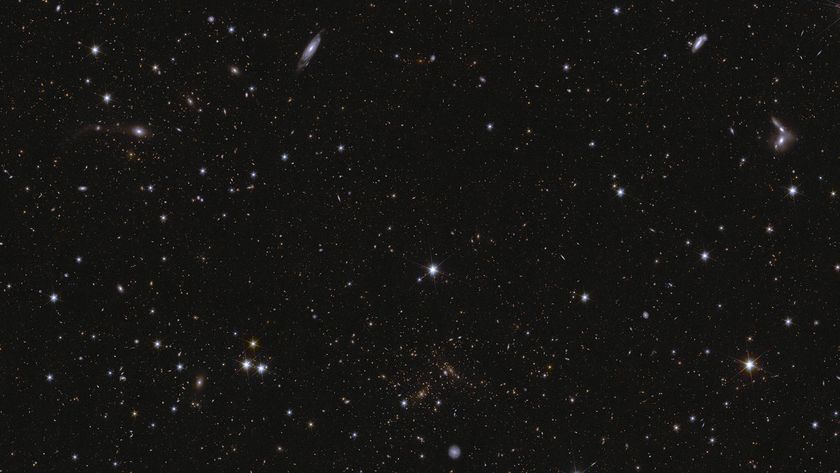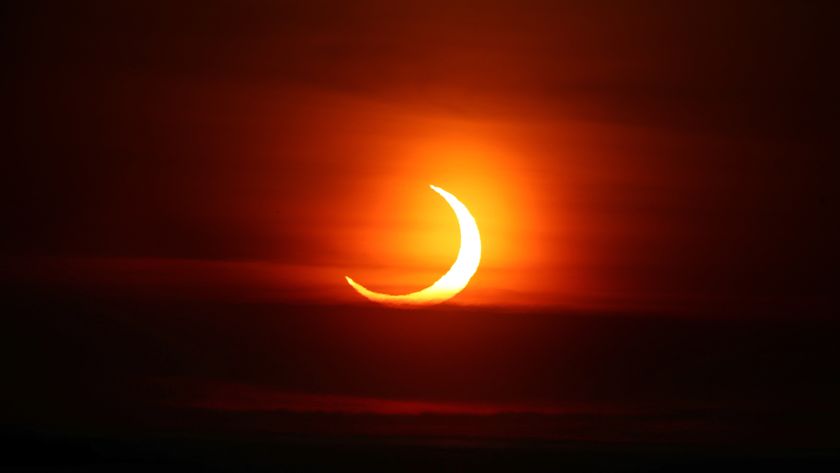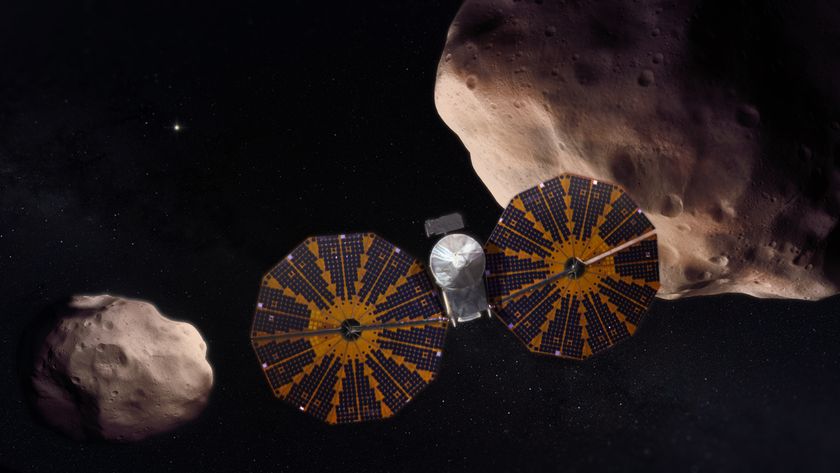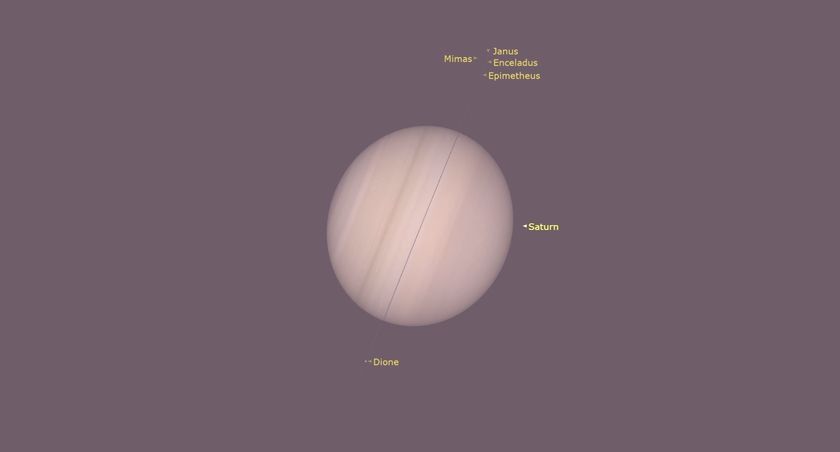Huge Tumbling Satellite Could Fall to Earth Over US Tonight or Saturday, NASA Says
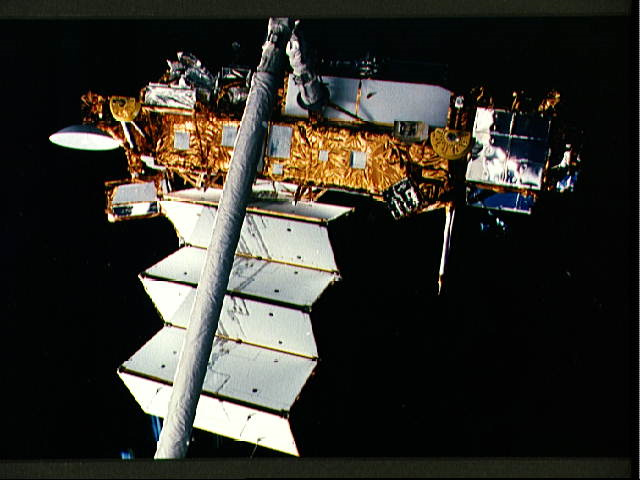
This story was updated at 2:04 p.m. ET
A huge, dead satellite tumbling to Earth is falling slower than expected, and may now plummet down somewhere over the United States tonight or early Saturday, despite forecasts that it would miss North America entirely, NASA officials now say.
The 6 1/2-ton Upper Atmosphere Research Satellite (UARS) was expected to fall to Earth sometime this afternoon (Sept. 23), but changes in the school bus-size satellite's motion may push it to early Saturday, according to NASA's latest observations of the spacecraft.
"The satellite's orientation or configuration apparently has changed, and that is now slowing its descent," NASA officials wrote in a morning status update today. "There is a low probability any debris that survives re-entry will land in the United States, but the possibility cannot be discounted because of this changing rate of descent." [Complete coverage of NASA's falling satellite]
NASA expects about 26 large pieces of the UARS spacecraft to survive re-entry through Earth's atmosphere and reach the planet's surface. The biggest piece should weigh about 300 pounds. The spacecraft is the largest NASA satellite to fall from space uncontrolled since 1979. [6 Biggest Spacecraft to Fall Uncontrolled From Space]
NASA officials have said the the chances that a piece of UARS debris hits and injures one of the nearly 7 billion people on the planet are about 1 in 3,200. However, the personal odds of you being struck by UARS satellite debris are actually about 1 in several trillion, NASA officials have said.
As of 10:30 a.m. EDT (1430 GMT) today, the UARS satellite was flying in an orbit of about 100 miles by 105 miles (160 kilometers by 170 km), and dropping. NASA launched the UARS satellite in 1991 to study Earth's ozone layer and upper atmosphere. The satellite was decommissioned in 2005.
Get the Space.com Newsletter
Breaking space news, the latest updates on rocket launches, skywatching events and more!
"Re-entry is expected late Friday, Sept. 23, or early Saturday, Sept. 24, Eastern Daylight Time," NASA officials wrote. "Solar activity is no longer the major factor in the satellite's rate of descent."
The sun has had an extremely active week, one that has included several solar flares. High solar activity can cause the Earth's atmosphere to heat and expand, which can increase drag on a low-flying satellite like UARS, making it fall faster.
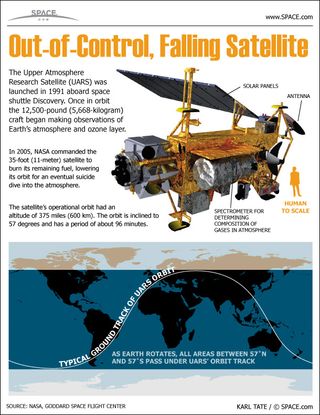
Late Wednesday (Sept. 21), NASA predicted that the UARS satellite would not be over North America when it finally plunged down to the Earth's surface. That scenario has changed now that the 20-year-old satellite's descent has slowed, the agency said.
But where the UARS spacecraft will fall still remains anyone's guess. NASA orbital debris experts have said the satellite could fall anywhere between the latitudes of Northern Canada and Southern South America, a region of Earth that encompasses much of the planet.
"It is still too early to predict the time and location of re-entry with any certainty, but predictions will become more refined in the next 12 to 18 hours," NASA officials wrote in the latest update.
NASA officials have said that, since 75 percent of the Earth is covered with water, it is likely that the UARS satellite could fall over an ocean. In fact, that possibility is one predicted by the California-based Aerospace Corporation's Center for Orbital and Re-Entry Debris Studies. The center's latest prediction places the UARS re-entry in the South Pacific west of South America around 8:58 p.m. EDT (0058 Sept. 24 GMT), give or take seven hours.
Editor's note: If you snap a photo or observe the re-entry of NASA's UARS satellite and want to share it with SPACE.com for a story or gallery, contact managing editor Tariq Malik at: tmalik@space.com.
You can follow SPACE.com Managing Editor Tariq Malik on Twitter @tariqjmalik. Follow SPACE.com for the latest in space science and exploration news on Twitter @Spacedotcom and on Facebook.
Join our Space Forums to keep talking space on the latest missions, night sky and more! And if you have a news tip, correction or comment, let us know at: community@space.com.

Tariq is the Editor-in-Chief of Space.com and joined the team in 2001, first as an intern and staff writer, and later as an editor. He covers human spaceflight, exploration and space science, as well as skywatching and entertainment. He became Space.com's Managing Editor in 2009 and Editor-in-Chief in 2019. Before joining Space.com, Tariq was a staff reporter for The Los Angeles Times covering education and city beats in La Habra, Fullerton and Huntington Beach. In October 2022, Tariq received the Harry Kolcum Award for excellence in space reporting from the National Space Club Florida Committee. He is also an Eagle Scout (yes, he has the Space Exploration merit badge) and went to Space Camp four times as a kid and a fifth time as an adult. He has journalism degrees from the University of Southern California and New York University. You can find Tariq at Space.com and as the co-host to the This Week In Space podcast with space historian Rod Pyle on the TWiT network. To see his latest project, you can follow Tariq on Twitter @tariqjmalik.
